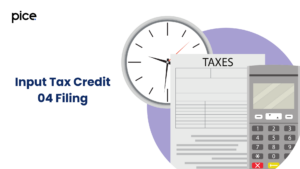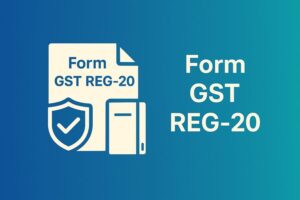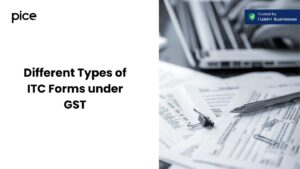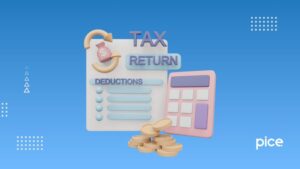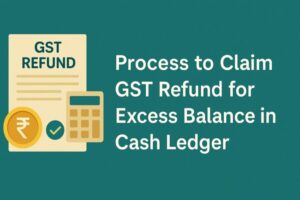Distribution of Tax Revenue Between Centre and State after GST
- 26 Dec 24
- 7 mins

Distribution of Tax Revenue Between Centre and State after GST
Key Takeaways
- Tax revenue is distributed between the Union and States with specific exclusive and shared allocations.
- GST revenue distribution is guided by parliamentary rules under the Constitution's Seventh Schedule.
- Both Union and State taxation powers are subject to constitutional restrictions and judicial review.
- Taxes like customs duties and corporate tax are exclusively assigned to the Union Government.
- States collect specific taxes like land revenue and professional tax while sharing certain Union-imposed taxes.
All financial resources collected via tax are distributed between the central and state administrative powers. However, there is no clear-cut statement by the Finance Commission about how much contribution should go towards different units from time to time.
At times, the resources allocated may fall short when certain state governments look up to the Union for further contributions and subsidies. This guide particularly walks you through the distribution of tax revenue between the centre and state after GST (Goods and Services Tax) calculation.
Taxes Exclusively Assigned to the Union

The government’s income from specific areas like customs and export duties, corporate tax, tax generated from the capital value of different company assets, and excise duty of cotton, jute, etc., is kept aside for the Union Government as per the Indian Constitution. This list even includes succession duty and estate duty in properties other than agricultural land, earnings from postal departments, railways, and so on.
Taxes Exclusively Assigned to States
The following taxes are assigned to various state governments:
- Income from stamp duty and land revenue except for the ones allocated for the Union government
- Estate duty and succession duty for agricultural land
- Taxes on the sale of electricity service
- Taxes collected from passengers and goods transferred by inland waterways or roads
- Income tax from agricultural plots
- Taxes on lands and buildings
- Application of taxes on traders
- Allocation of taxes on professions
- Taxes on entry of goods into local areas
- Duties on alcoholic liquor for human consumption
- Tax collected from betting and gambling
- Amusement and entertainment-related taxes
Besides these, various corporation taxes also go towards the state government treasury.
Taxes Levied by Union but Collected and Appropriated by the State
The following direct taxes are imposed by the Central Government's planning commission. However, the corresponding state governments collect the actual revenue from these areas:
- Stamp duties on transfer of shares, insurance policies, bills of landing, promissory notes, bills of exchange and cheques
- Excise duties on medicinal toilet cleansers that contain narcotic drugs like opium, Indian hemp, alcohol, etc.
Taxes Levied and Collected by the Union but assigned to States
The direct taxes are decided and collected by the Central Government of India. However, the respective state governments later on collect it from the Union.
These taxes include:
- Duties subject to property succession other than agricultural land
- Taxes collected by the sale of newspapers
- Terminal taxes on goods or passengers transported by air, railways or sea
- Tax on railway freight and fares
- Taxes levied on the sale of goods other than newspapers in instances where the purchase takes place as a part of interstate trade
Central Taxes Levied and Collected by the Union but Shared
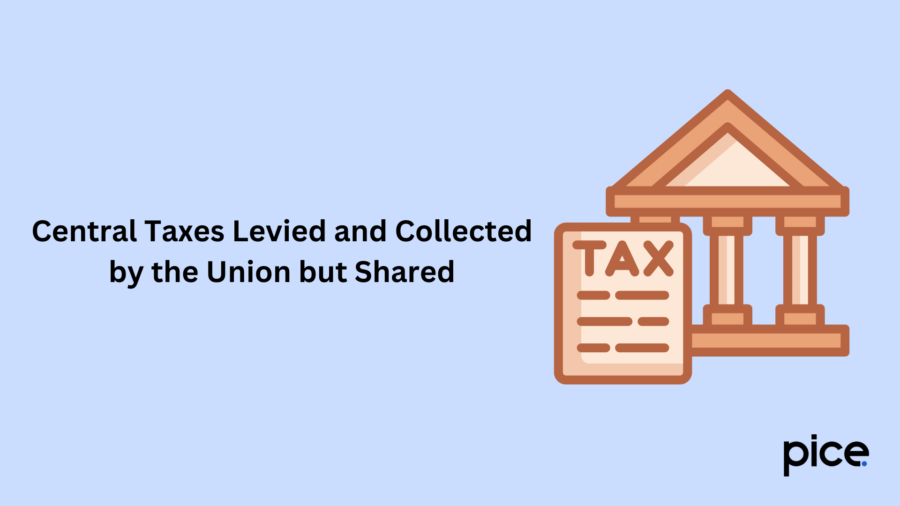
The Union Government levies all types of excise duties except for those imposed on toilet and medicinal preparations. Besides this, the taxes from land that are identified as ‘non-agricultural’, are also imposed by the Union Government but these are shared with the respective state governments on an equitable basis.
The basis of the distribution of GST revenue between the centre and state after GST is declared by the Parliament via official notifications.
Restriction on Taxation Power of the State
A few restrictions are placed on different state governments that define the financial relation between the centre and states.
- Article 286 defines a state’s limitations to impose a product sales tax
- A state has the right to levy taxes on selling goods (except newspapers)
- Sale of goods taking place outside of a state: As per Article 286(1), a state government cannot levy tax on the sale of commodities or services that take place outside the state territories.
- Sale of goods at the time of import and export: As per Article 286(1)(b), a state government cannot levy tax on the sale of commodities or services exported from India’s territory or imported into the country.
Restriction on Taxation Power of the Centre
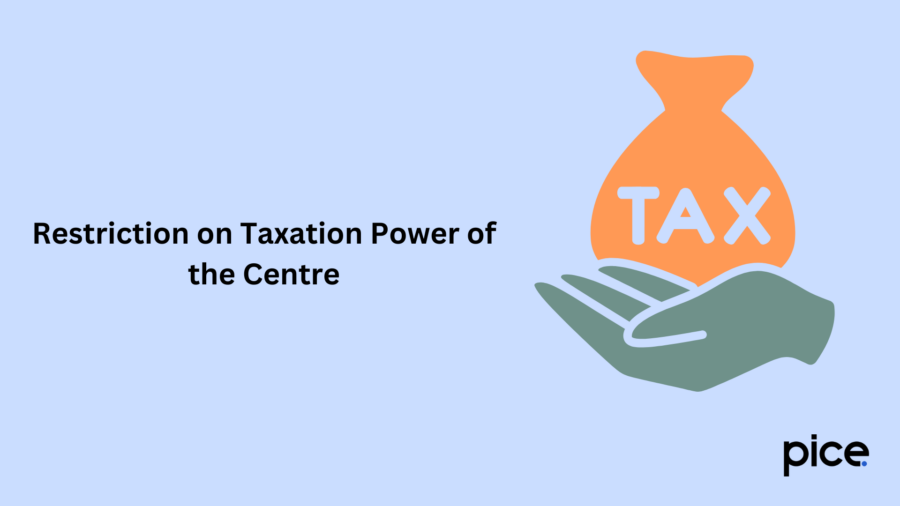
Here is a breakdown of the restrictions on the Central Government's taxation power in India:
- Constitutional Limitations
- Article 265
It is a dedicated provision that restricts tax effects on sales of items as long as there are no explicit laws supporting the same. By this, the Central Government cannot levy taxes arbitrarily and should support their claims by stating valid legal policies authorising the tax.
- Article 301
In this Article, you learn about the freedom of trade and commercial activities executed throughout India. The Union Government cannot levy GST that discriminates against interstate commerce or trade.
- Fundamental Rights
The Central Government's taxation power is also subject to the fundamental rights guaranteed by the Constitution, such as the right to equality and the right to life and personal liberty.
- Division of Powers
As mentioned above, the Seventh Schedule of the Indian Constitution clarifies the distribution of tax revenue between centre and state after GST. Mainly, the List (1) of the Seventh Schedule summarises the Union Government’s taxation capabilities. Nonetheless, certain restrictions tend to persist:
- Entry 54 (List 1)
This entry grants the Central Government the power to impose taxes on income other than agricultural income. However, this power is subject to the restrictions imposed by Article 301.
- Entry 82 (List 1)
It is another entry that grants the centre to levy duties of excise on goods produced or manufactured in India. However, this excludes goods like alcohol for human consumption, opium, Indian hemp and other narcotics.
- Entry 83 (List 1)
Under this, the national government can charge duties of customs. It grants the Union to levy tax on imports into India.
- Judicial Review
Finally, the Supreme Court of India has the power to review the validity of any law enacted by the Central Government, including laws relating to taxation. If a law is found to be unconstitutional, it can be struck down by the Supreme Court.
Conclusion
The Indian Constitution vividly states the distribution of tax revenue between the centre and state after GST. Besides that, several discretionary grants keep on emerging from time to time, which are covered in Article 282. These particulars can be revised by the Parliament if any state requires financial assistance.
So, after going through the laws, if you still have confusion regarding tax collecting authorities, you can get in touch with GST professionals at your convenience.
💡If you want to streamline your payment and make GST payments, consider using the PICE App. Explore the PICE App today and take your business to new heights.
FAQs
 By
By 







